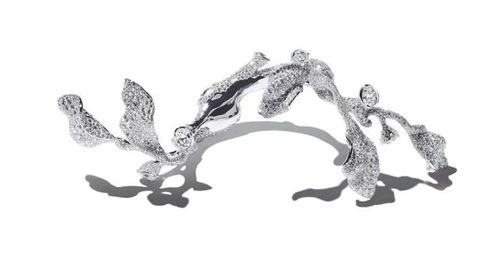Content:
Introduction: Fishing is an ancient pastime that has been cherished by people all over the world for centuries. With the advent of modern technology, fishing equipment has become more advanced and efficient. One such piece of equipment is the turtle rod, which has gained popularity among anglers due to its versatility and effectiveness. In this article, we will delve into the art of using a turtle rod and provide you with essential techniques to improve your fishing skills.
Understanding the Turtle Rod: Before we dive into the techniques, it's important to understand the basics of a turtle rod. A turtle rod is a telescopic fishing rod designed to be compact and portable. It features a strong and durable carbon fiber blank, making it suitable for various fishing environments. The rod is equipped with a reel seat, guides, and a fighting butt for added comfort and control.
1 Telescopic Design: The telescopic design of the turtle rod allows for easy storage and transportation. When not in use, the rod can be collapsed to a compact size, making it ideal for carrying in a backpack or a car. This feature is particularly beneficial for anglers who frequently travel to different fishing spots.
2 Reel Seat and Guides: The reel seat of a turtle rod is designed to accommodate a wide range of reels, ensuring compatibility with various fishing techniques. The guides on the rod are precision-aligned to reduce friction and enhance casting performance.
3 Fighting Butt: The fighting butt of a turtle rod provides added leverage and control when battling with larger fish. It is usually made of durable materials like EVA foam or rubber, offering a comfortable grip and reducing fatigue during prolonged fights.
Essential Techniques for Using a Turtle Rod:
1 Casting Techniques: Casting is a fundamental skill that requires practice and precision. Here are some essential casting techniques for using a turtle rod:
1.1 Two-Handed Casting: For longer distances, the two-handed casting technique is highly effective. Hold the rod with both hands, keeping the reel seat close to your body. Swing the rod back and forth, releasing the line when the rod reaches the desired angle. Practice this technique to develop a smooth and powerful cast.
1.2 One-Handed Casting: For shorter distances, the one-handed casting technique is more practical. Hold the rod in one hand, with the reel seat close to your shoulder. Swing the rod back and forth, releasing the line when the rod reaches the desired angle. Practice this technique to develop a precise and controlled cast.
2 Lure Selection: Choosing the right lure is crucial for successful fishing. Here are some popular lures for turtle rods:

2.1 Spinnerbaits: Spinnerbaits are versatile lures that mimic the movement of small fish. They are effective for attracting predators like bass and pike. Experiment with different colors and sizes to find the perfect lure for your target species.
2.2 Jigs: Jigs are excellent for bottom fishing and can be used in various conditions. They come in various shapes and sizes, making them suitable for catching a wide range of fish species. Vary your retrieve speed and retrieve type to trigger strikes.
2.3 Soft Plastics: Soft plastics, such as worms, grubs, and swimbaits, are highly effective for catching a variety of fish species. Rig them on a turtle rod and experiment with different retrieves and presentations to entice fish.
3 Proper Rigging: Proper rigging is essential for successful fishing. Here are some common rigging techniques for turtle rods:
3.1 Carolina Rig: The Carolina rig is a versatile rig that allows you to fish deeper water. Attach a sliding sinker to the main line, followed by a swivel, leader, and a hook. Rig a soft plastic or a worm on the hook and present it to the fish.
3.2 Texas Rig: The Texas rig is ideal for fishing in shallow water. Attach a sinker to the main line, followed by a swivel, leader, and a hook. Slide a soft plastic or a worm onto the hook and thread it through the body, leaving the hook exposed.
3.3 Drop Shot Rig: The drop shot rig is effective for targeting suspended fish. Attach a small sinker to the main line, followed by a leader, and a hook. Rig a soft plastic or a grub on the hook and present it in a slow and erratic manner.
Conclusion: Using a turtle rod can enhance your fishing experience by providing convenience and versatility. By mastering the casting techniques, selecting the right lure, and proper rigging, you can improve your chances of catching fish. Remember, practice is key to becoming proficient in using a turtle rod. So, grab your rod, head to your favorite fishing spot, and enjoy the thrill of the catch!












